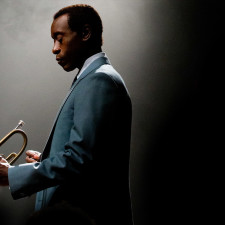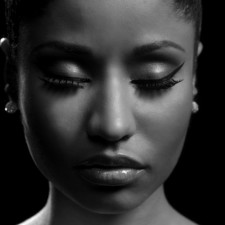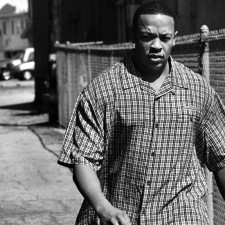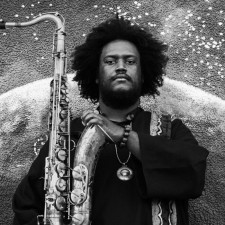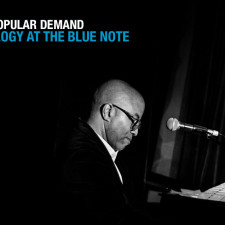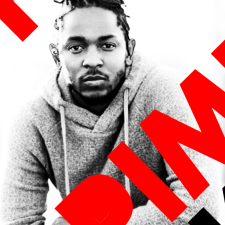Jazz emerged out of many different types of music such as slave songs, ragtime, and military bands. Although Jazz has evolved throughout its history, it dramatically changed during the 1930’s and 1940’s when many African-Americans migrated from southern rural communities to the urbanized northern cities. These industrial driven cities gave many African-American job opportunities, although many of them still faced discrimination being denied equal access to housing and schools. This made life for many African-Americans difficult even though they had escaped the Jim Crow south.
Since African-Americans were still discriminated against and oppressed by society, their pain and suffering needed to be channeled through cultural and musical expression. Jazz, with its use of secular themes, improvisation, polyrhythm, and use of call-and-response, created a unique genre of music that continued the use of traditional styles of African-American music. Urbanized African-American comminutes embraced Jazz as a way to fully express themselves and their culture, and to forget about place in the social spectrum in a manner similar to how Hip-hop music is being embraced by these communities today.
Hip-Hop originated in the Bronx during the late 1970’s and was a cultural response to the decline of urban African-American communities. With the increase of unemployment, drug use, and crime, Hip-Hop became a form of artistic expression that often described their lifestyles and ghettos they lived in. Hip-Hop is a style of music where the artist usually speaks or “raps” rhythmically in a rhyme over a polyrhythmic beat. The talking blues, which is characterized by rhythmic speech and often lyrical rhyming, highly influenced Hip-Hop. Improvisation, a stylistic characteristic of Jazz, became an important aspect of Hip-Hop. This improvisational act became known as freestyle, where the artist raps lyrics off the top of his head. Freestyle rapping forces the individual to think on the spot, describe their surroundings, and, to a certain degree, rap uncensored from what is inside. This provides an authentic representation of personal expression.
Jazz used secular themes, polyrhythm, and improvisation similar to Hip-Hop, but differed in historical context. Many jazz themes were based on love, where as Hip-Hop spoke about ghettos, money, and crime. Improvisation in Jazz was the process of spontaneously creating melodies over a continuing cycle of chord changes; where as a freestyle rap is created off the top of one’s head.
Jordan Harris
Tags: Hip-Hop, Jazz


 Share On Facebook
Share On Facebook Tweet It
Tweet It

